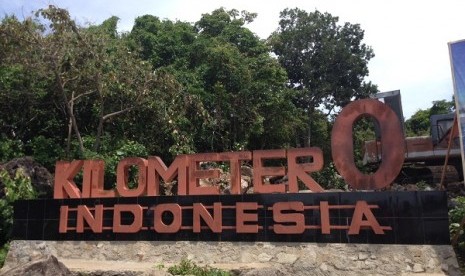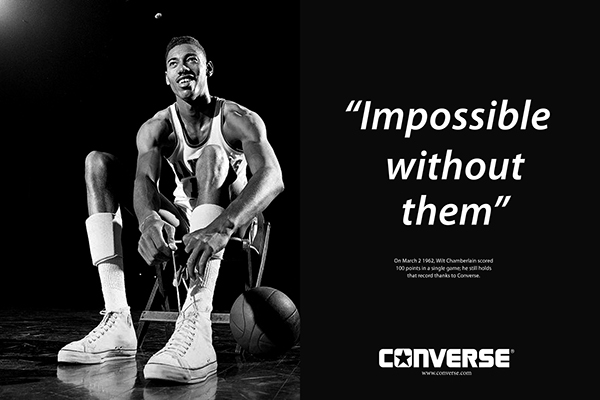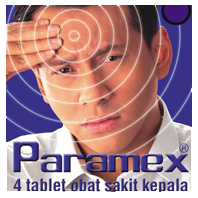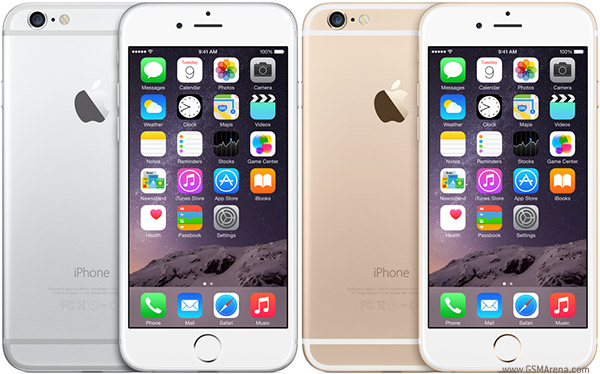3 IMPACTS OF TOURISM IN BALI
Religous impact of tourism in Bali island
Balinese Hinduism, called Agama Hindu Dharma, originated
from Java and is a blend of Shivaism and Buddhism. The theological foundation
for the religion comes from Indian philosophy while indigenous beliefs form the
backbone of the rituals. This blending is perfectly acceptable in Bali as the
saying goes "The truth is one; the interpretation, multiple."
In Balinese Hinduism, the indigenous beliefs manifest in the
belief that nature is "power" and each element is subject to
influence from spirits. Ancestor worship is also a part of the beliefs. Spirits
and ancestors are treated with respect, and they are housed in a shrine and
feted with offerings made from agricultural products.
Religion in Bali varies according to three principles: desa
(place), kala (time) and patra (circumstances). Hinduism acknowledges five
pillars of faith. They are belief in the one Supreme God (Brahaman of Sang
Hyang Widdhi Wasa); belief in the soul as the universal principle of life and
consciousness (atma); belief in the fruition of one's deeds (karma phala);
belief in the process of birth and death (samsara); and belief in ultimate
release (moksa).
Man should endeavor to maintain the harmony of the whole
system, hence the role of ritual. Only by adhering to the proper rules of
behavior can the proper balance be kept between the two sets of godly and
demonic forces. Balinese religion is known to the world through the richness of
its rituals. Gods and demons seem to be every where and the life of the
Balinese is therefore replete with rituals.
Environmental Impacts of Tourism in Bali and Sustainable
Tourism
Impacts continued...
Over construction:
investments in properties
massive conversions of agricultural land to constructing buildings.
over-priced real estate
higher demand for better infrastructure
deforestation (emissions, soil erosion, unbalanced biodiversity.
Water Shortage:
A 5 star hotel uses at least 50,000 liters of water everyday
65% of water consumption in Bali is consumed by tourism industry
40.7 tons of ater/second for entire island
High levels of contamination and total dissolved soils (TDS)
General Info
Location: Indonesia
Religion: Balinese Hinduism
Main transportation: Moped
Language: Balinese and Indonesian
Population: 4,104,900 (according to BPS Bali; 2014)
Tourism
Mass tourism began in the 1980's.
Tourism in Indonesia is an important component within the economy.
In 2015, an estimated 10.41 million international travelers entered Indonesia.
Impacts continued...
Over construction:
investments in properties
massive conversions of agricultural land to constructing buildings.
over-priced real estate
higher demand for better infrastructure
deforestation (emissions, soil erosion, unbalanced biodiversity.
Water Shortage:
A 5 star hotel uses at least 50,000 liters of water everyday
65% of water consumption in Bali is consumed by tourism industry
40.7 tons of ater/second for entire island
High levels of contamination and total dissolved soils (TDS)
General Info
Location: Indonesia
Religion: Balinese Hinduism
Main transportation: Moped
Language: Balinese and Indonesian
Population: 4,104,900 (according to BPS Bali; 2014)
Tourism
Mass tourism began in the 1980's.
Tourism in Indonesia is an important component within the economy.
In 2015, an estimated 10.41 million international travelers entered Indonesia.
The Impacts of culture on tourism in Tanah Lot Bali
Even more than the environment, most of the research that has been done on the impact of tourism on Tanah Lot has been on the cultural effects. The Tanah Lot people consider themselves a distinct ethnic group within Indonesia. In Tanah Lot, Hindus make up 93 percent of the population, but they are only 2 percent of the Indonesian population. Additionally, Hinduism is unique in Tanah Lot, as it is intertwined with art and nature, and is less involved with scripture, law and belief.
Even more than the environment, most of the research that has been done on the impact of tourism on Tanah Lot has been on the cultural effects. The Tanah Lot people consider themselves a distinct ethnic group within Indonesia. In Tanah Lot, Hindus make up 93 percent of the population, but they are only 2 percent of the Indonesian population. Additionally, Hinduism is unique in Tanah Lot, as it is intertwined with art and nature, and is less involved with scripture, law and belief.
It is a blend of Hinduism, animism and ancestor worship,
thus it is more concerned with local and ancestral spirits than with the
traditional cycles of rebirth and reincarnation. Temples are associated with a
family house compound, rice fields or geographical sites, and each Tanah Lot
people belongs to a temple through descent, residence, or “some mystical
revelation of affiliation. The Tanah Lot people see life as a “never-ending
dance between the powers of good and evil, order an disorder.”
(Their religion tries to find a proper balance between these
opposing forces, and thus it fills their entire lives and, thereby, the entire
island. Their offerings and rituals are performed in order to soothe the gods,
scare away demons, entertain the faithful, and to fill their days with a common
purpose).
Culture has always been the island’s strongest attraction,
ranging from the beautiful Hindu temples to the dances and traditional arts.
Tourism will inevitably have some influence on the cultural traditions of any
host community, and this has also happened in Tanah Lot, even when its culture
is considered its strongest asset.
With the need to improve the economic welfare of the people,
the government decided to develop cultural tourism as part of the National
Development Plan. Yet, there were no concerns at the time with any type of
cultural impact assessment (and evidently no environmental impact assessment
either). As a result, there has been a commercialization of Tanah Lot culture
to meet the tourist demands. Sacred temples are overcrowded by foreigners;
dances normally performed only every 60 years are now requested and organized
by hotels on a weekly basis; many masks, costumes and jewelry used for
religious rituals are in great demand in antique shops, and thus handicraft
workshops are promoted to produce copies, which upsets many Tanah Lot people.
One of the most recent controversial issues concerning the
impact of tourism on culture was the building of a resort area near one of the
most sacred temples of Bali, Tanah Lot. Many Balinese felt that this resort
would threaten the temple’s “cosmological primacy.” The resort will house a
300-room luxury hotel, an 18-hole golf course, 156 villas, 380 resort homes,
and even a spa. Bali’s highest Hindu body, the Parisada Hindu Dharma Indonesia,
decreed in 1989 that any development not related to spiritual needs must be at
least two kilometers away from a sacred temple; however, the regulation was
never truly enforced. The resort’s plans definitely violated that rule;
nevertheless, after much protest from the local Balinese, the government of
Indonesia allowed the project to go ahead in mid-1994. The PHDI ended up
accepting a compromise that included changing the resort’s logo, which used to
be Tanah Lot’s silhouette; relocating small family temples displaced by the
golf course at the firm’s expense; and erecting a hill of earth planted with
trees to block the view of the hotel from the temple and vice-versa. However,
the resort was allowed to remain within the two-kilometer area.
At any rate, the area around Tanah Lot has not been a
pristine site in recent years. The spectacular sunsets attract enormous crowds,
some dressed in “the briefest of shorts and halter-tops,” and nearby there are
rows of dilapidated shops and small restaurants, waiting to cater to the 600
daily visitors to the temple. Local people, however, do not see these small-
scale and locally owned operations as intruding on the spiritual sacredness of
the temple. The resort, on the other hand, was to be owned and managed by
outsiders, and therefore would “upset the harmony among man, god and nature.”
Many Balinese, however, feel that their culture is staying alive and well despite the tourism influences. According to I Made Bandem, an ethnomusicologist from the island, tourism is a major source of support for dancers, musicians and artists on the island. The arts are not considered a profession, rather they are used for religious occasions, like temple festivals and other ceremonies. Bandem believes as well that culture needs change, not seclusion, to survive. He sees the Balinese culture accepting influences from other cultures, modifying and transforming them, “making a new art but always based on the old Balinese forms. That is what is unique about Balinese arts.”
The Balinese have accepted new forms and styles of arts
introduced by foreigners. Even though some crafts and ancient dances are dying
out, like tortoiseshell work, bone and horn carvings, and terracotta figures,
new arts are being adopted, such as batik from Java, furniture styles,
woodcarvings and masks. These developments, of course tend to offend many
purists.
Inevitably, there are negative impacts as well. Beggars are
now very common. Beach vendors are pervasive and a nuisance. Some of the best
sawahs have been replaced by art shops hoping to profit from tourism.
Prostitutes are in evidence, especially in Kuta, although the Balinese say they
are immigrants.






































